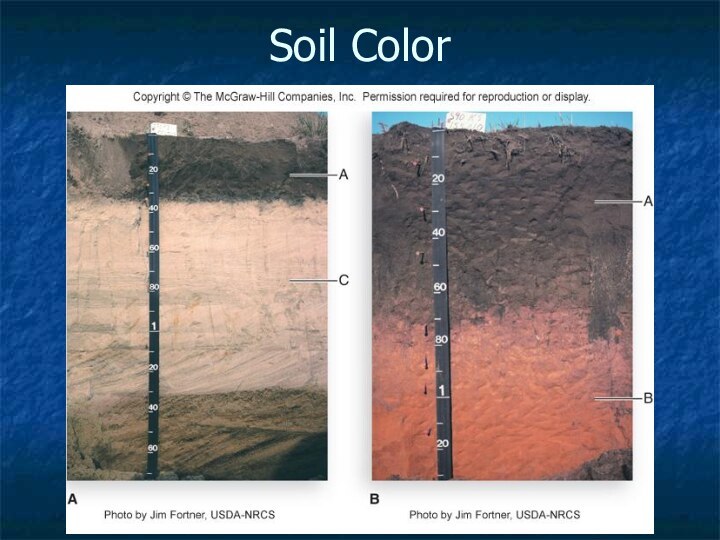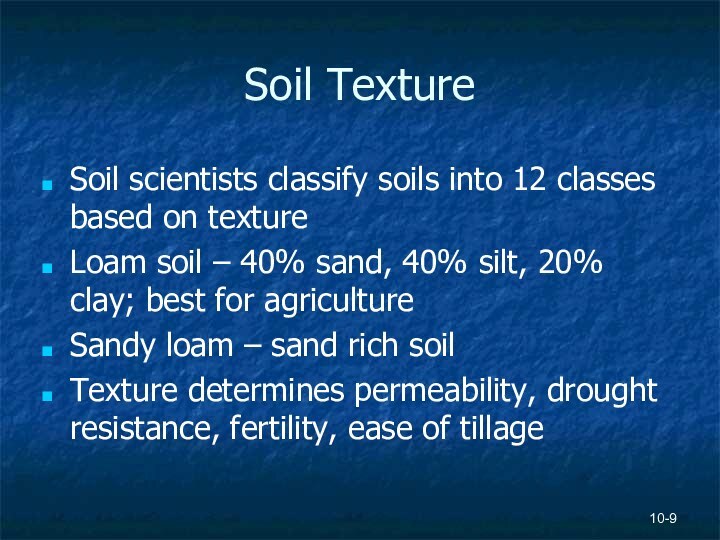and precipitation weather rocks and minerals
Precipitation infiltrates soil and
recharges groundwaterFertile soil vital to human life
10-
FindSlide.org - это сайт презентаций, докладов, шаблонов в формате PowerPoint.
Email: Нажмите что бы посмотреть





























10-
10-
10-
10-
10-
10-
10-
10-
10-
10-
10-